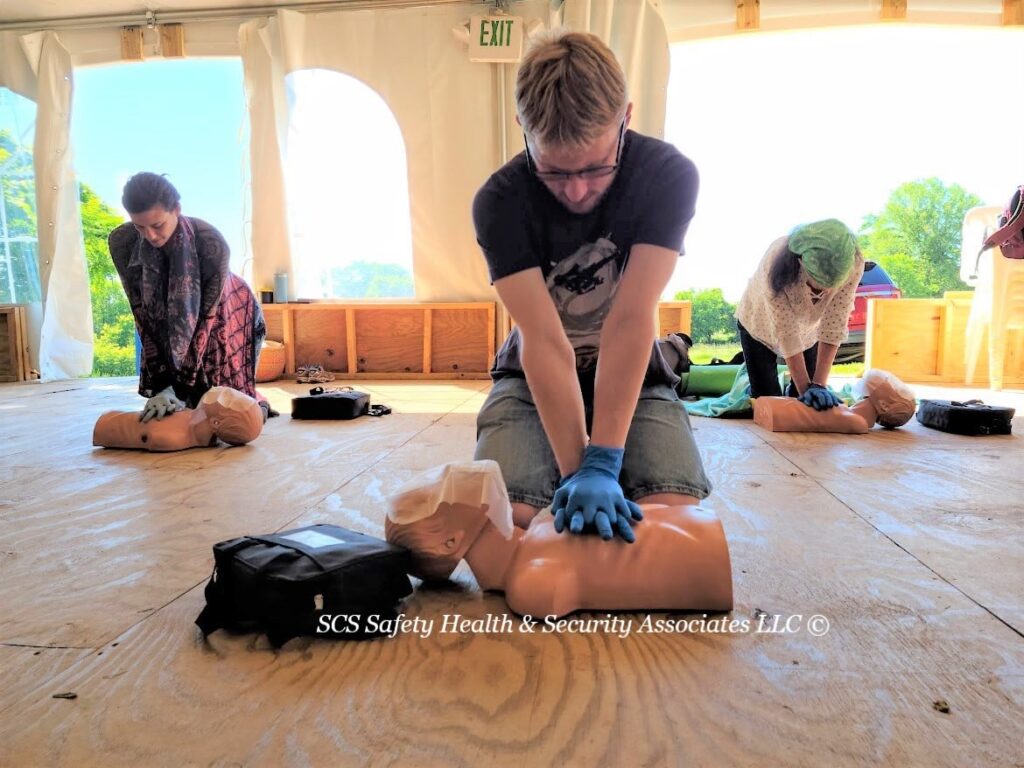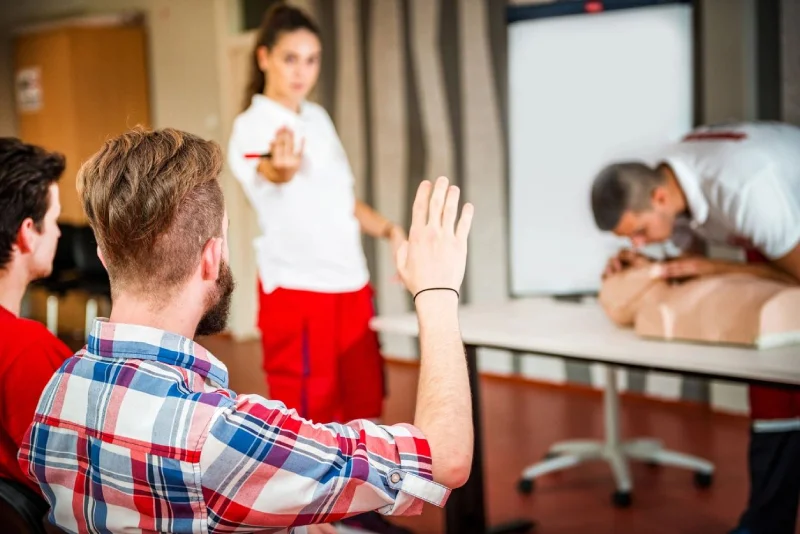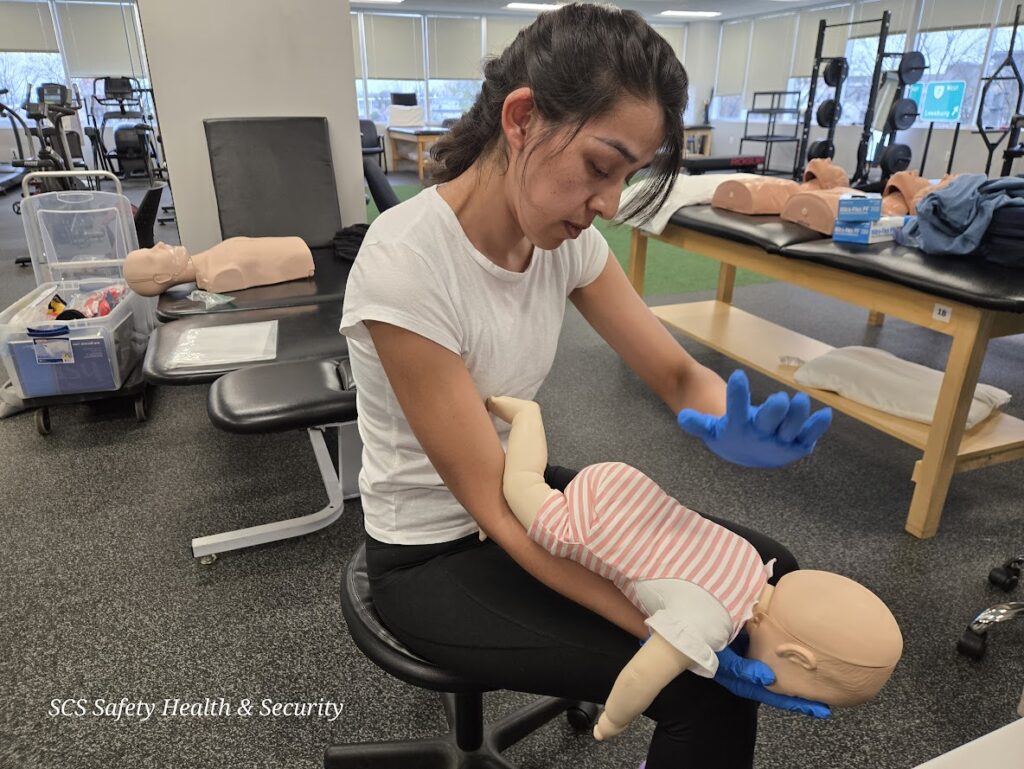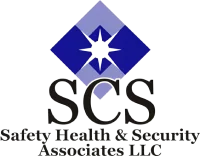National CPR & AED Awareness Week 2025
Empower Yourself to Save a Life
Every year, lives are saved through the quick, decisive actions of everyday people. What if you could be one of them? National CPR & AED Awareness Week 2025 is June 1-7, 2025. This is an opportunity to remind ourselves of our incredible potential to save lives. Join us as we explore the ins and outs of this vital week of learning and empowerment.
Recognizing the Importance of CPR and AED Skills
Cardiopulmonary resuscitation (CPR) and automated external defibrillators (AEDs) are critical tools in emergency situations. Knowing how and when to use them can mean the difference between life and death.
The Role of CPR and AED in Saving Lives
CPR, or cardiopulmonary resuscitation, is a technique used to maintain blood flow to the brain and other vital organs when a person’s heart has stopped beating. It is a combination of chest compressions and rescue breaths that can keep a person alive until professional help arrives.
AED: A Lifesaving Device
What is an AED?
An Automated External Defibrillator (AED) is a portable device that can analyze the heart’s rhythm and, if necessary, deliver an electric shock to help the heart re-establish an effective rhythm. These devices are designed to be user-friendly, with voice prompts guiding you through each step.
Where could you find an AED?
AEDs are becoming increasingly common in public spaces. You can often find them in:
- Airports
- Shopping malls
- Gyms
- Schools
- Office buildings
- Sports venues
Keep an eye out for AED signs in your daily life – knowing their locations could save precious time in an emergency.

Why Everyone Should Learn CPR and AED
Learning CPR (Cardiopulmonary Resuscitation) is one of the most impactful skills anyone can acquire, and here is why everyone should learn it:
- You become an immediate lifesaver: Most sudden cardiac arrests happen outside of a hospital, often at home. If someone’s heart stops, every minute without CPR dramatically reduces their chance of survival. As a trained bystander, you become the crucial link in the “Chain of Survival,” keeping blood and oxygen flowing to the brain and vital organs until professional help arrives. Your actions can double or triple a person’s chances of survival.
- Time is critical: Emergency services, even in urban areas, can take several minutes to arrive. Brain damage can begin in as little as four minutes without oxygen, and death can occur within 4-6 minutes after that. CPR buys precious time, preventing irreversible damage and giving the victim a fighting chance.
- It is for everyone, not just medical professionals: CPR techniques have been simplified (like Hands-Only CPR for adults) to make them accessible to the general public. You do not need a medical background to learn and perform effective CPR.
- You gain confidence in emergencies: Training equips you with the knowledge and confidence to act decisively rather than freezing in a crisis. This empowerment extends beyond cardiac arrest; the principles of calm assessment and quick action apply to many emergencies.
Additional Reasons Why Everyone Should Learn CPR & AED
- You protect your loved ones: With 70% of out-of-hospital cardiac arrests occurring at home, the person you save is most likely a family member or friend. Learning CPR means you can provide immediate aid when a loved one needs it most.
- It fosters a safer community: The more people who know CPR in a community, the stronger its overall safety net. Widespread CPR training increases the likelihood that someone will be able to help in public spaces, workplaces, and schools.
- CPR prevents brain damage and aids recovery: Even if someone survives cardiac arrest, lack of oxygen during the event can lead to brain damage. CPR helps maintain blood flow to the brain, minimizing potential damage and improving the victim’s chances of a full recovery.
- AEDs are easy to use when combined with CPR knowledge: Most CPR courses also teach you how to use an Automated External Defibrillator (AED). Modern AEDs provide clear voice prompts, making them simple to operate, and using an AED in conjunction with CPR significantly boosts survival rates.

How Should I Learn CPR and AED?
Learning CPR is an invaluable skill that can truly make a difference in a life-or-death situation. Here is how you should learn CPR to ensure you gain effective and certified training.
- Our Best Advice – Choose a Reputable Organization: The most widely recognized and respected organizations that offer CPR certification are:
- American Heart Association (AHA): They are considered the gold standard in resuscitation science and education. Many healthcare professionals get their certifications through the AHA.
- Health & Safety Institute: This organization also provides comprehensive and widely accepted CPR, First Aid, and AED training for both the general public and professionals.
- Other Reputable Organizations: National Safety Council, and American Red Cross,
- Select the Right Course Type: These organizations offer different formats to suit various learning styles and certification needs:
- Blended Learning (Highly Recommended): This is often the most popular and flexible option. You complete the cognitive (knowledge-based) portion of the course online at your own pace. After completing the online module, you attend a required in-person skills session where a certified instructor guides you through hands-on practice and assesses your techniques (e.g., chest compressions, rescue breaths, AED use). This format offers convenience and ensures you master physical skills.
- In-Person (Traditional Classroom / Instructor-Led): These courses involve full-day or multi-day sessions led by an instructor in a classroom setting. They combine lectures, videos, and extensive hands-on practice. This is a great option if you prefer a traditional learning environment and direct interaction with an instructor throughout the entire course.
- Online-Only (Caution Recommended): While some platforms offer “online-only” CPR courses, these generally do not provide hands-on skills practice or certification that meets workplace or regulatory requirements (like OSHA). They can be useful for refreshing knowledge but are not sufficient for initial certification or for situations where physical competency is needed.
Additional Ways to Learn CPR & AED
- Decide on the Specific Course:
- CPR/AED: This course teaches you how to perform CPR and use an automated external defibrillator (AED).
- First Aid: This course teaches you how to manage common injuries and illnesses (like bleeding, burns, choking, sudden sickness) until professional medical help arrives.
- CPR/AED/First Aid Combo: Most people opt for this combination as it provides a comprehensive skill set for various emergencies.
- Basic Life Support (BLS): This course is typically for healthcare providers or those with a professional duty to respond.
- Find a Class Near You:
- Local Providers: Many local organizations, like SCS Safety Health & Security Associates LLC, offer monthly CPR and First Aid classes in Leesburg and Ashburn, VA. Check their website or contact them directly.
- Hospital Systems: Larger hospital systems (like Inova in Northern Virginia) often have American Heart Association training centers.
- Community Centers & Schools: Sometimes local community centers, fire departments, or even high schools offer classes to the public.
- Online Class Finders: Both the American Heart Association (cpr.heart.org) and the American Red Cross (redcross.org) have online tools to help you find certified classes in your area.
- Understand the Providers Expectations: Often times there are separate costs associated with getting certified. You need to pay for the online course. There is an additional charge for the in-person skills session. In addition, you will need to purchase a book, too. Understand the cost involved.

What Should I Expect During the Training?
- You will learn the steps for adult, child, and infant CPR (chest compressions and rescue breaths).
- You will practice using an AED on manikins.
- If you take a First Aid component, you will learn how to handle various medical emergencies and injuries.
- You will typically receive a certification card valid for two years upon successful completion.
By choosing a certified course from a reputable provider, you ensure you gain the most up-to-date, evidence-based skills and the confidence to act effectively in an emergency.
Ready to learn a life-saving skill? SCS Safety Health and Security Associates LLC provides these courses for anyone who would like to learn. If you have a group of people who need to be trained, we can come to your facility to provide this amazing training. For individual course open to the public, check out our class offerings. We also sell AED units, accessories, and first aid kits. If you still have questions, please contact us: 703-779-7330 or by email Info@scssafetyandhealth.com www.scssafetyandhealth.com
#LearnCPR #CPRAwarenessWeek #SaveALife #CPR #FirstAid #BeALifesaver #BystanderCPR #LeesburgVA #AshburnVA
Recent Posts
- National CPR & AED Awareness Week 2025 June 2, 2025
- Cultivating a Thriving Safety Culture: A Roadmap for Your Company May 17, 2025
- Embracing Safety in the New Year: A Fresh Start for Construction and Industrial Businesses December 30, 2024
- Emergency Response Plans November 27, 2024
- Safety Consultants September 9, 2024
Categories
- CPR AED (2)
- Forklift Safety (1)
- Safety (4)
- Uncategorized (1)
